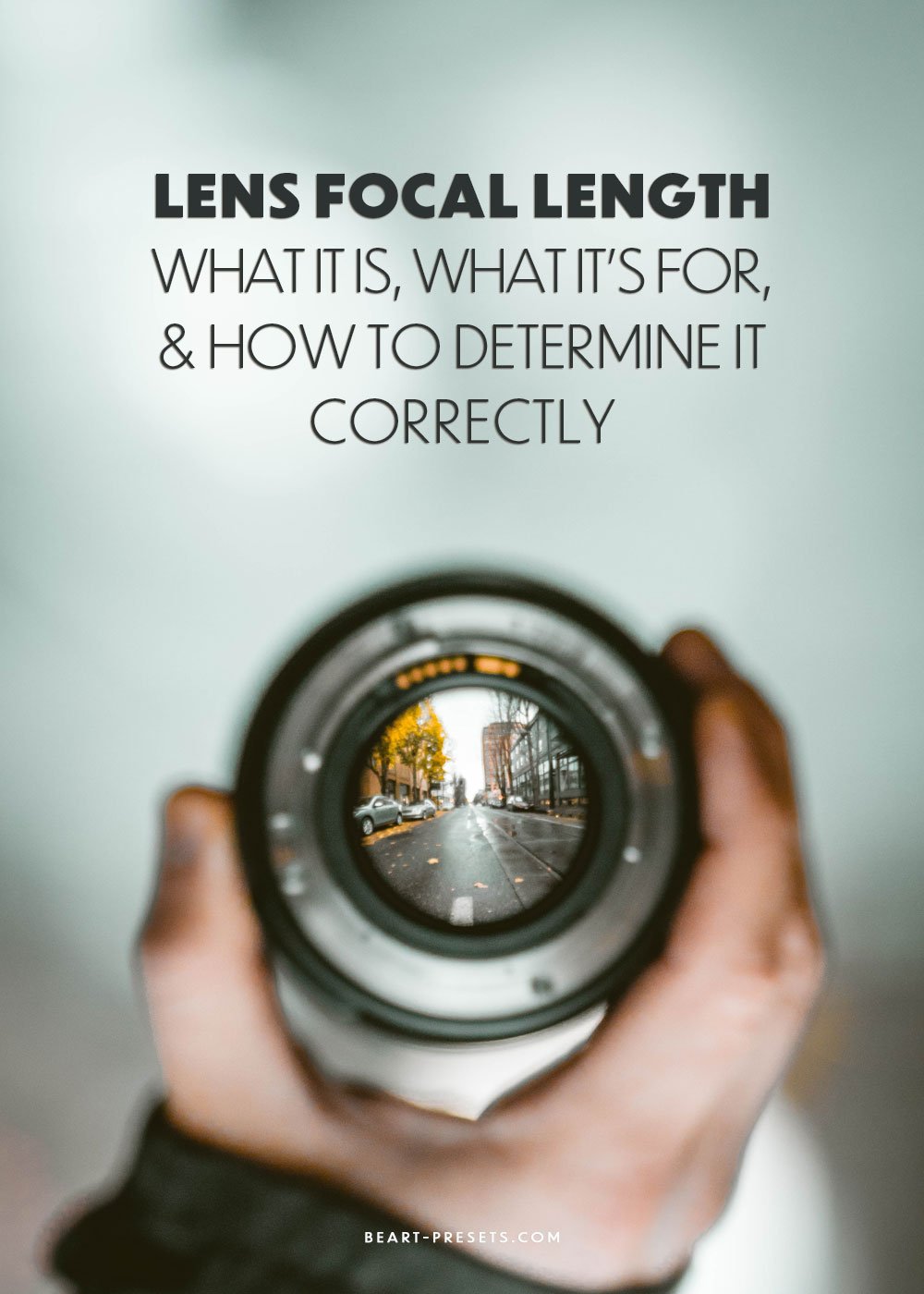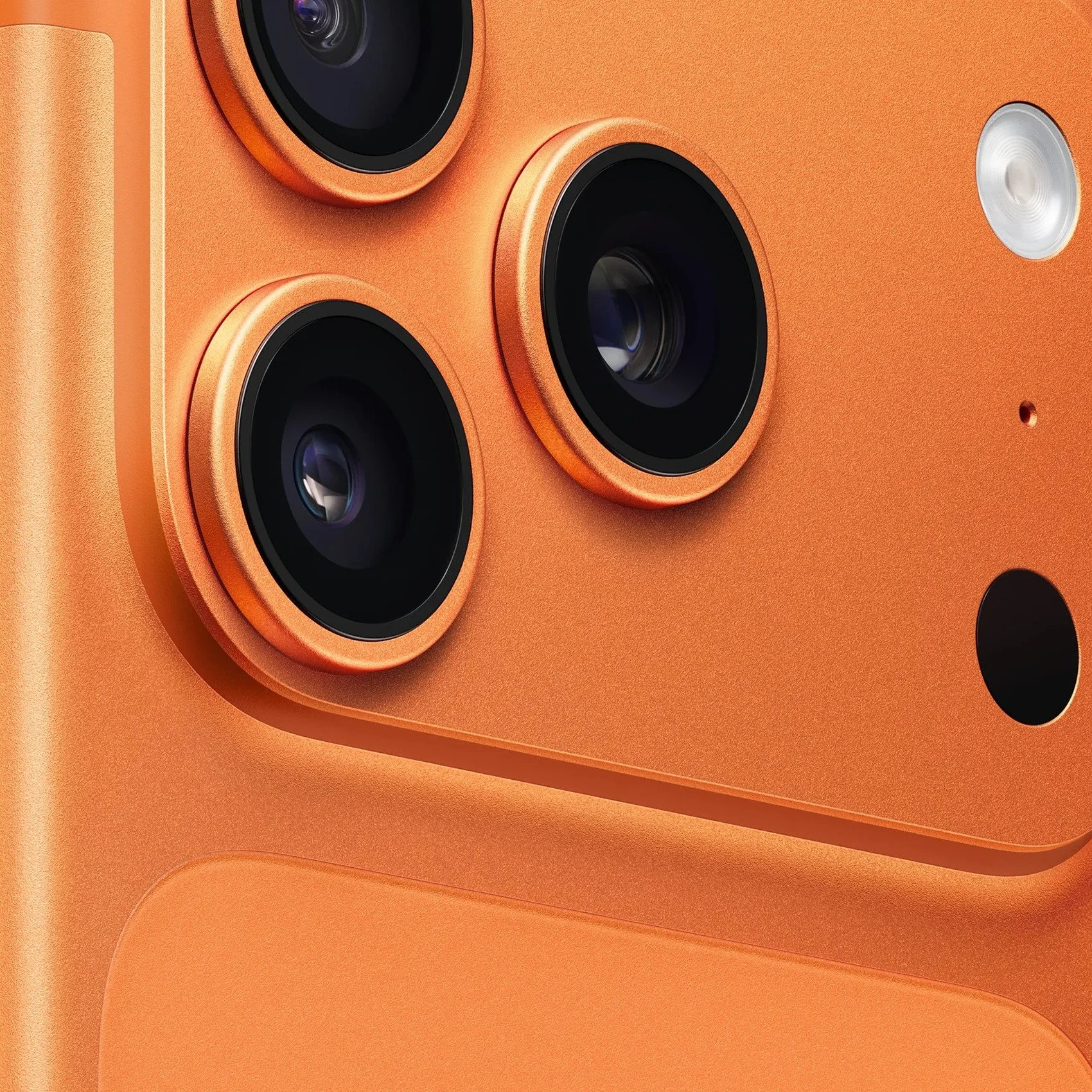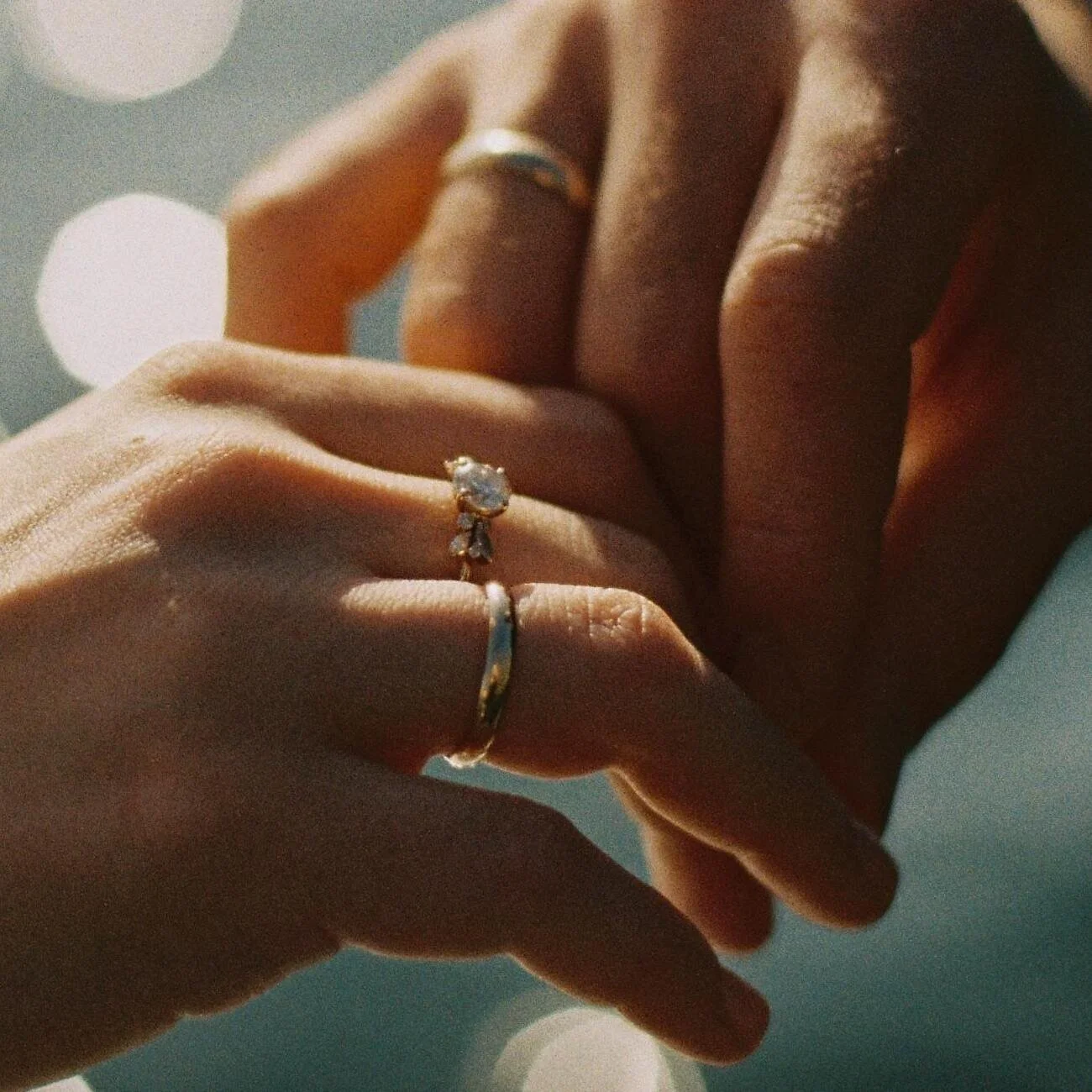Lens focal length: what it is, what it's for, and how to determine it correctly
The most important element of any camera is the lens. Every photographer will confirm that when choosing equipment, you should pay attention to its characteristics first of all.
And the main one is the focal length. However, if you are just beginning to understand the camera system and do not know how to determine the lens's focal length and what it is in principle, then we propose to understand together! This material will not only allow you to understand the basics of photography but will also help you write my essay for me free about photography.
What is the Focal Length of a Lens?
A lens is a system that consists of a series of lenses (several of them). When you take a picture of an object, its image enters the lens. The image is refracted there, and then it comes together at one point. This point is some distance from the back of the lens, and it is called the focus. And the focal length of a lens is, in turn, a value that determines the distance from the lens system to the focus.
What is the focal distance measured in? In millimeters. This is the basic unit of measurement for this measure. Note! The focal length determines the type of lens as well as its main application area.
What Kinds of Lenses are There?
Telephoto lenses. They are designed to capture sports or natural phenomena. As a rule, the focal length of such devices is set at 135 mm and above;
Lenses with long focal lengths are suitable for genre photography and portraits. Their focal lengths range from 70 mm to 135 mm, where 70 is the minimum allowable value and 135 is the maximum focal length;
Traditional lenses are sold together with cameras. They are usually used by beginner and amateur photographers for genre, portrait, and other types of photography. Optimal focal lengths for portraits range from 35 to 70 mm;
Wide-angle lenses are ideal for architectural subjects or landscapes, and their focal lengths are usually in the range of 21 to 35 mm;
Ultra wide-angle lenses are also suitable for the above purposes, but their focal lengths are usually less than 21 mm.
This distribution of functionality of lenses with different focal lengths is determined by the laws of physics and their optical equipment (lenses). The shorter the focal length of the camera, the more details will fit into the frame: the picture will be more informative, and the objects being photographed will visually appear farther away from the photographer. And vice versa: if the focal length is long, the lens will visually zoom in on the subject.
What Does the Focal Length of the Lens effect
In the final picture;
perspective;
Blur.
How Does Lens Focal Length Affect the Picture?
Now that you know a bit more about lens focal length, let's talk about how it affects the picture.
Wide-angle lenses will show landscapes and architecture in all their glory. They will have people appearing in addition to the main subject, with nature and buildings as the main characters.
Normal focal length lenses provide a picture that is close to human perception at the same distance as the subject is from the camera.
Portrait lenses are "sponsors" of beautifully blurred backgrounds. They accentuate the focus on faces and details. The background, in this case, will be fuzzy, but that is exactly the key advantage of portraits. It's shotted like this that allows you to enjoy the beauty of the person, especially if it's a scene or individual professional shoot.
A side note! But if the focal lengths of the lenses used are over 105 mm, the resulting photos will zoom in so much that even a child will not fit there.
A related value is the angle of view of the camera, which is influenced by the same focal length of the lens. If the latter has a small focal length, the angle of view will be larger, and vice versa. See a special table to see what the angle of view of the camera will be at different focal lengths.
Focal lengths of the human eye
If we talk about the prototype camera with an optical zoom system, the basic bionic model, which works according to the same scheme and has a focal length, is undoubtedly the human eye. The human eye does a lot of work and is a complex mechanism.
When we pay attention to something, we concentrate on this or that object, another person, or some small thing. We do not even take into account the fact that, at this time, our eyes are doing complex dynamic work: there is an instantaneous evaluation of the distance to the object, its size, and other characteristics.
At the same time, our brain evaluates all the images received from the eyes and finally produces a composite "picture" of what our eyes have seen in a short time. It also depends on a characteristic such as the angle of view. This is why there is a dependence of focal length on the angle of view.
The human eye has a viewing angle of about 150-160 degrees horizontally and 120-130 degrees vertically. The central viewing angle is about 45-60 degrees. If you translate these values into millimeters of focal length, it comes out to about 22 mm.
This is why you can compare the focal length of the human eye with a wide-angle lens. There are some difficulties, though. Because of the specific structure of the eye and its refractive structures, the human eye perceives space and perspective a bit differently (almost like a portrait, normal lens with a focal length of 40-43 mm).
Fixes and zooms
Fixes and zoom are special kinds of lenses designed for different tasks. So when buying such an important component, you need to know what the specific focal lengths of these types of lenses are.
Fixed Lenses are lenses whose focal lengths are fixed and cannot be changed in any way (for example, only 85 mm or 135 mm). They also do not have a movable lens system. If the photographer needs to zoom in or out of the subject, he or she will have to go to the preferred point to take the picture himself or herself rather than adjusting the ring on the camera.
Pros of fixes:
Lightweight and comfortable to use;
Excellent aperture values (they start from f=1.4, and in more expensive models from f=0.95);
Optimal cost. They are cheaper than similar-quality zooms;
Good quality photos;
Long life and resistance to breakage;
The ability to use light filters.
Minuses of fixes:
"One-sidedness. You will have to change the shooting point (zoom in and out) by yourself;
Need to buy other lenses with a different range of focal lengths;
Lack of such an important indicator as versatility. When you travel is better to buy a zoom so as not to bring a whole "bouquet" fixes;
The need to change lenses (sometimes often);
Limited opportunities and inconvenience in use. For example, when shooting in nature, it is necessary to quickly and repeatedly change lenses, which is negligent, leading to contamination of the optical system.
Zoom lenses are lenses that operate within a set range of focal lengths that can be changed as needed. In other words, the change in effective focal length is automated, allowing you to photograph subjects of varying distances without having to move from the same point.
Pros of zooms:
Automatic shooting process that doesn't require you to change locations to zoom in or out;
One lens can replace thousands of many that you don't have to take with you.
Minuses of zooms:
Weigh a lot because of the moving lens optical system;
Have low aperture values;
Because of the moving lens system, there is no sharpness in the lens, so the zoom can not fully provide it;
Costly;
Quickly break down compared to fixes.
How Does Lens Focal Length Affect Perspective?
When we talk about focal lengths, we should mention the way they affect perspective in photos. Perspective is a collective image that conveys the relationship of objects according to their actual size and distance from each other and from the observation point.
Each of us has more than once observed that objects that are much farther away in the line of sight appear tiny and that a wide road narrows into a thin thread to the horizon. This is the manifestation of perspective in the visible distance.
Through a camera lens, perspective can look different. The longer the focal length, the more compressed the perspective will appear in the picture, and distant objects will remain small. The shorter the focal length, the more the perspective will be stretched out, and distant objects will visually get closer.
How Does Lens Focal Length Affect Blur?
The blurred background is exactly the characteristic of a photo that gives the photo more expressiveness. It is influenced by several significant factors: focus distance, background distance, focal length, and aperture. The aperture (f-number) and focus distance parameters should be reduced in order to make the blur appear larger.
The focal length, on the other hand, determines the degree of blurring: if you want to achieve a larger value, the focal length values have to be increased. The same principle applies to the distance to the background (the longer the distance, the greater the blur).
How to Calculate the Focal Length for a Cropped Image?
The basic formula for focal length in physics is quite simple and can be represented as f=CxD/W, where C is the width of the sensor in millimeters, D is the distance of the camera from the subject in meters, and W is the width of the observed subject. With focal length, the unit of measure will eventually be millimeters. But to answer the question of how to find and determine the focal length of the lens for a crop, you have to understand a bit.
The quality of the final photo depends on the sensor of the photographic equipment. Every sensor has its own resolution: it contains light-sensitive elements called pixels. Today, the average number of pixels in the sensors of various lenses ranges from 16 to 36 million. However, there is one rule for all sensors: the smaller the sensor, the wider the angle of view of the lens will be at the same focal length. And for the convenience of calculating the focal length according to a certain angle of view, photographers refer to two notions: the equivalent focal length (EFR) and the cropped factor.
Equivalent focal length is a characteristic that defines the focal length value of a full-frame camera lens at the corresponding angle of view. You need to know it in order to consider what angle of view a given lens will have.
To calculate the EFR yourself, you need to calculate the crop factor (from English "crop" and "factor" - "crop," "multiplier"). This figure is conditional. It reflects changes in the viewing angle of the technique if it is used with smaller matrices.
It can be deduced by comparing the matrix diagonals of digital equipment with a standard 24*36 mm film frame. Today there are cameras with full-frame (Full frame, FF) and reduced (Crop) sensors. So, if the diagonal of a matrix with a smaller size is less than the full frame size two times, then its cropped factor will also be equal to two. And if it is smaller by a factor of 2.7, its cropped factor will be equal to 2.7.
When the value of the cropped factor is known, it is possible to calculate the equivalent focal length. To do this, the focal length of the lens needs to be multiplied by the cropped factor. For example, on a cropped camera with a lens that has a focal length of 50mm and a cropped factor of 2, these multiplied values would give you 100mm. This would be the answer to how to calculate the focal length of a lens for a cropped lens.
Conclusion
Focal length is one of the main factors that any photographer should consider, whether it's a nature shoot or a family photo in the studio, or another genre. It is advisable to choose lenses according to the subjects to be photographed. How do you know which focal length lens is best? Practice will help. Experiment because photography is an art that allows you to realize and develop your creativity both as a beginner and an experienced photographer.



















